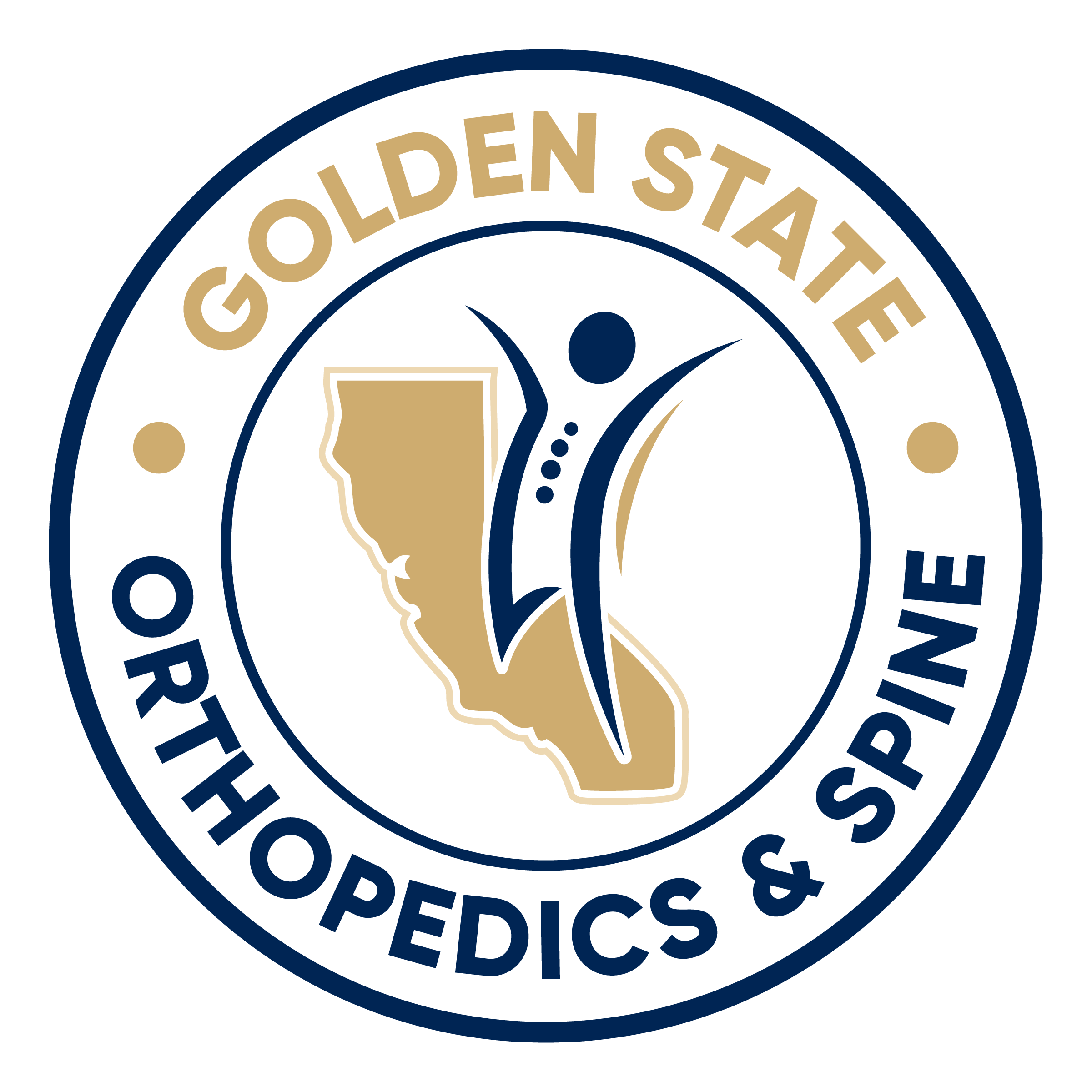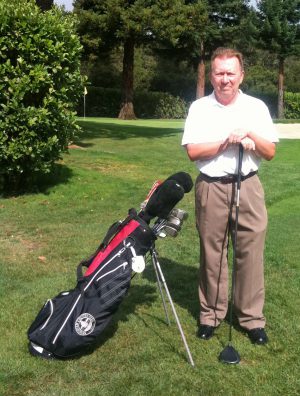Nonsurgical Treatment Relieves Pain from Plantar Fasciitis
WALNUT CREEK, Calif. — There are two million cases of heel pain reported in the U.S. every year. Most of these cases respond well to traditional therapies, but for a relatively small percentage (10-20%) that do not, surgery seems inevitable.
Currently, there is a new and innovative treatment that promises to be the outpatient alternative to surgery. This technique is called Extracorporeal Shock Wave Therapy (ESWT). Its corresponding treatment device, the OssaTron®, received approval by the FDA in July 2000. With ESWT, many patients can be back on their feet within days or weeks instead of months.
John Knight, M.D., a physician with Golden State Orthopedics & Spine, has completed the comprehensive training and is authorized by HealthTronics, the maker of OssaTron®, to perform patient treatment for chronic proximal plantar fasciitis with this innovative technique.
About chronic proximal plantar fasciitis: it occurs in patients between the ages of 35-70 and is a common problem among athletes as well as people from all walks of life. It begins with the gradual onset of pain at the medial side of the heel. The pain may be worse upon rising in the morning and usually subsides after a few steps are taken. As the condition worsens, pain may continue for longer periods of time and, even after a rest period of 30-45 minutes, patients still may experience extreme discomfort.
Extracorporeal Shock Wave Therapy works by sending strong pulses of acoustic waves into the bone and soft tissue, penetrating the area on a cellular level. This method gently reinjures the tissue, breaking up scarring that has accessed the ligaments and tendons. Careful and controlled reinjury of affected tissue helps the body regenerate blood vessels and cells.
The OssaTron® delivers 1500 to 4000 acoustic pulses at the rate of approximately two per second. The treatment is an outpatient procedure, takes approximately 6-10 minutes and is performed under local anesthesia and/or conscious sedation.
Patients may have some pain in the treated heel after the anesthesia subsides. They may also continue to experience irritation in the heel for several weeks, similar to the discomfort they felt prior to the procedure. It may take up to 12 weeks to know if the procedure was effective. In most cases, over-the-counter pain medication-aspirin or ibuprofen-will manage the pain.
Patients are advised not to participate in any stressful activity involving the heel for at least four weeks following the procedure. To avoid reinjury, patients are advised to wear flat shoes.
For More Information
If this procedure is of interest to you and you would like more information, please call us or contact us online.
The physicians of Golden State Orthopedics & Spine believe good medical care is a result of mutual understanding, respect and trust. In today’s fast-paced world, we recognize the importance of communication and spend as much time as possible to provide information explaining condition and treatment options so that our patients can make informed decisions about their care.
About Golden State Orthopedics & Spine
Golden State Orthopedics & Spine is comprised of an expert team of physicians and providers with a variety of specialty focuses. Using state-of-the-art techniques in orthopedic medicine, Golden State Orthopedics & Spine restores mobility in musculoskeletal injuries, treating the foot, ankle, knee, hip, spine, shoulder, elbow and hand. For more information, please visit thomaspeatman.wpengine.com.



